Writen by: Lee Cobaj, Travel writer, was raised in Hong Kong and specialises in writing about Asia. She is a regular contributor to a variety of top titles including National Geographic Traveller, Conde Nast Traveller, and The Sunday Times.
- Vacant and awaiting redevelopment, a building in Jordan has been turned into a cleverly designed compound offering two floors of temporary accommodation
- Hong Kong has many such unused buildings that could be turned into shelters, each costing about 80 per cent less than a new construction, project leader says
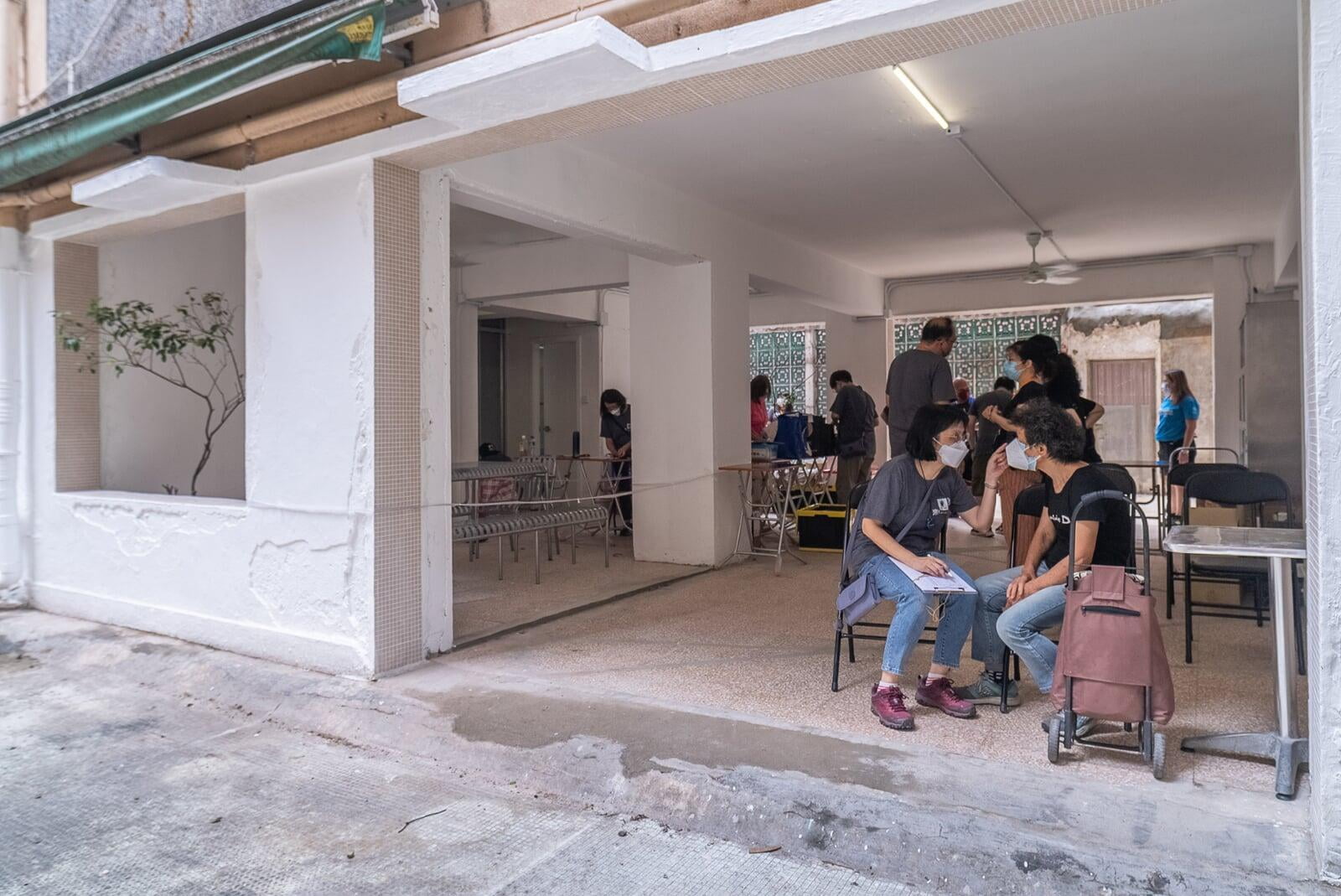

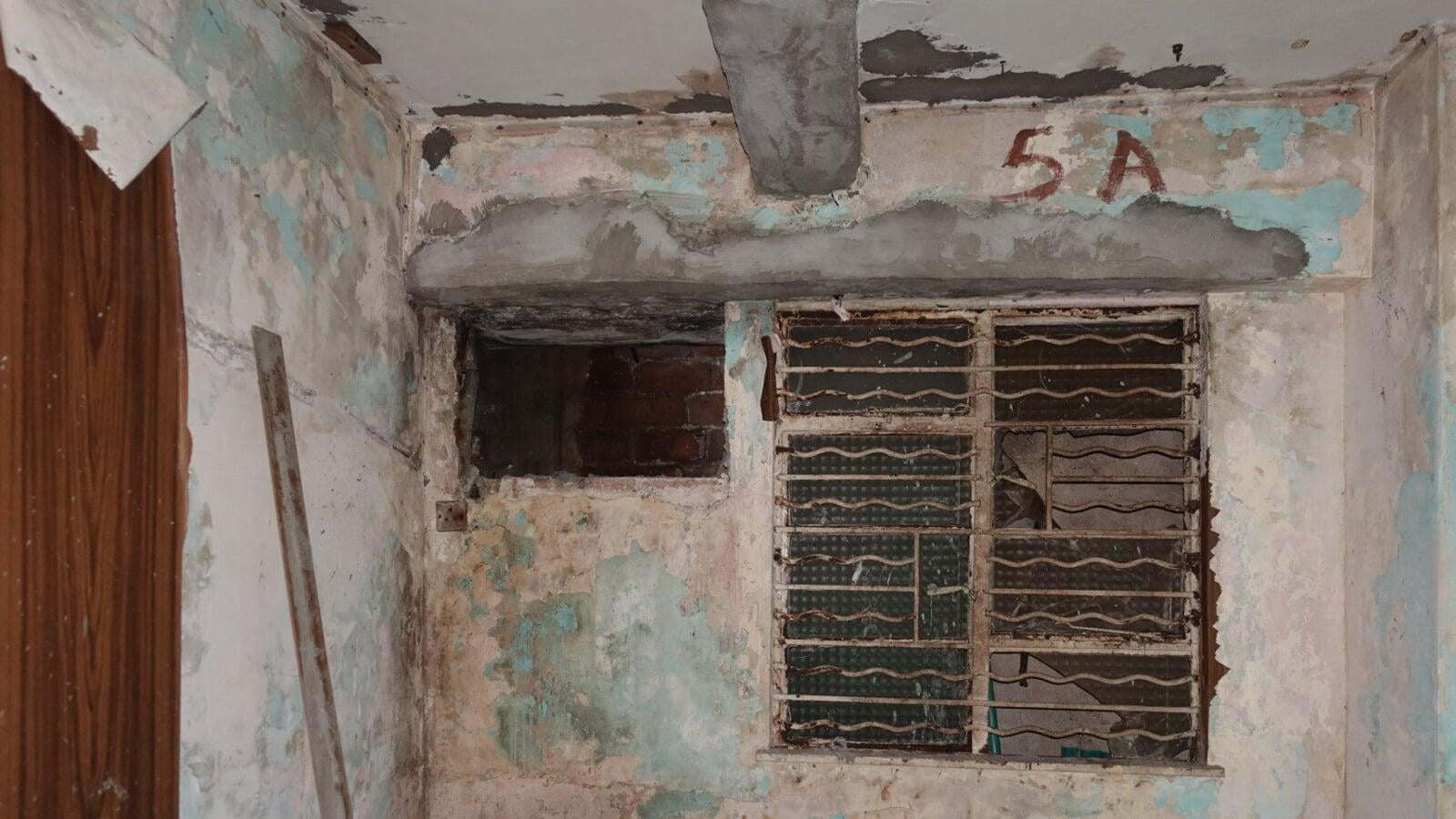
The former mouldy abandoned lot has been turned into a cleverly designed compound offering two floors of temporary accommodation for 12 adults, as well as space dedicated to community events, NGO drop-ins and food distribution.
Spearheaded by Du and developed in collaboration with her UEDL students and homelessness charity Habitat for Humanity Hong Kong, the shelter is spread over 4,000 square feet (370 square metres) and four floors of a 60-year-old building on Tak Hing Street. The building was donated rent-free to the three-year project by Hong Kong property developer Chinachem, whose chief executive, Donald Choi, is an architect with a passion for repurposing old buildings.
The former residential building had been uninhabited for two years before HiP moved in, and there are no plans to redevelop it for at least another two years.
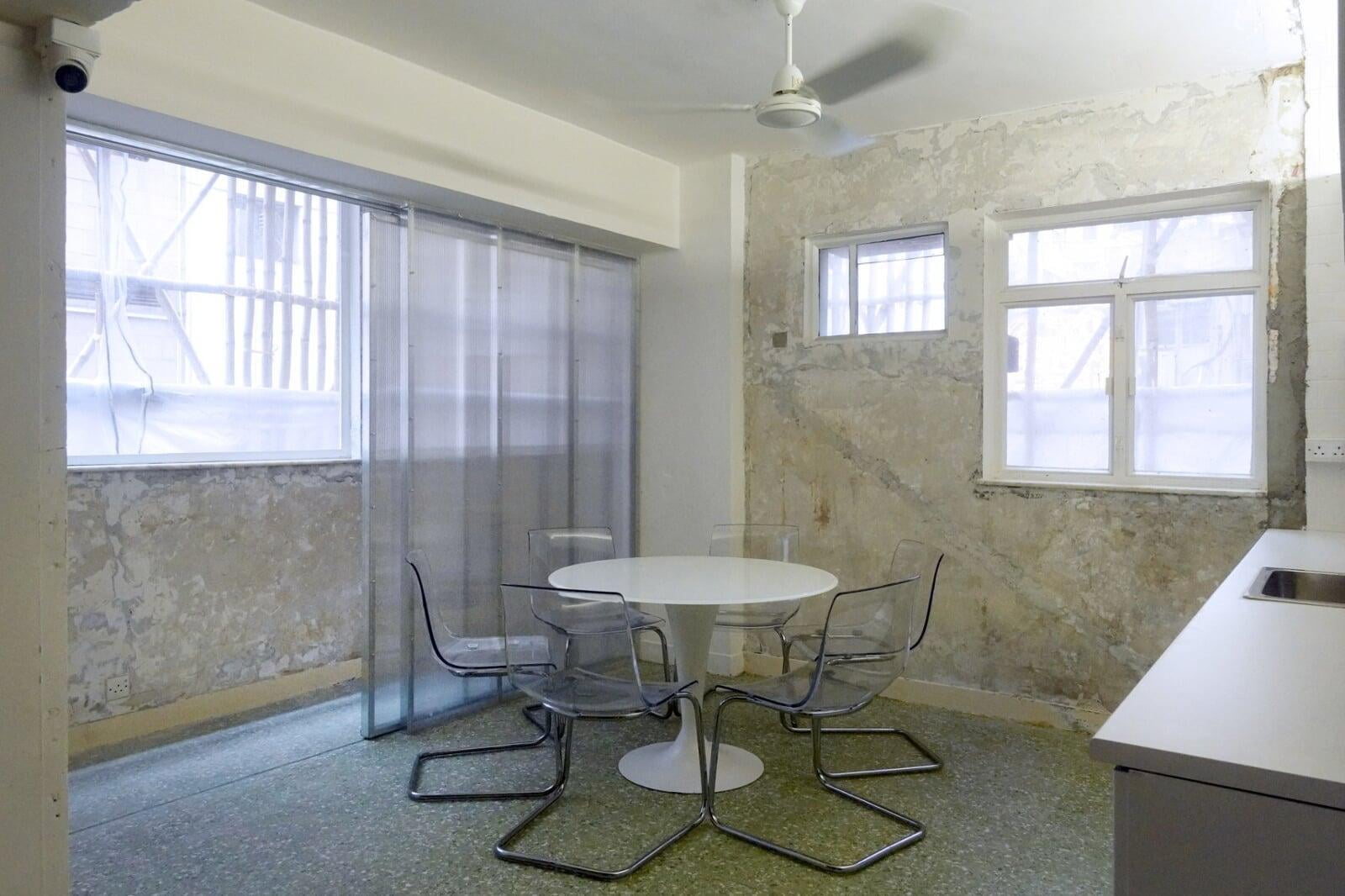
“We want to make it flexible for our supporters but we really need buildings to be available for at least one year and ideally three to five years,” Du says. “That time might seem short but the alternative is that you do nothing.”
Du explains that such mid-century buildings were well suited to Hong Kong living, with communal outdoor spaces and balconies providing natural ventilation and places to dry laundry. But about half of the budget went on removing anything considered dangerous or toxic, including asbestos, mould and 60 years of illegal structures.
Eighteen months on, the result is a bright, airy and welcoming place, filled with sunlight and naturally cooled by cross breezes, which reduces electricity use.
On the ground floor, an open-air lobby, with bright-white walls, columns of exposed concrete and freshly revealed 1960s terrazzo tiles, is flanked by a series of indoor meeting rooms and a large outdoor courtyard.
The second and third floors are dedicated to emergency housing, with six residences per floor sharing communal toilets, showers, and kitchen and dining facilities.
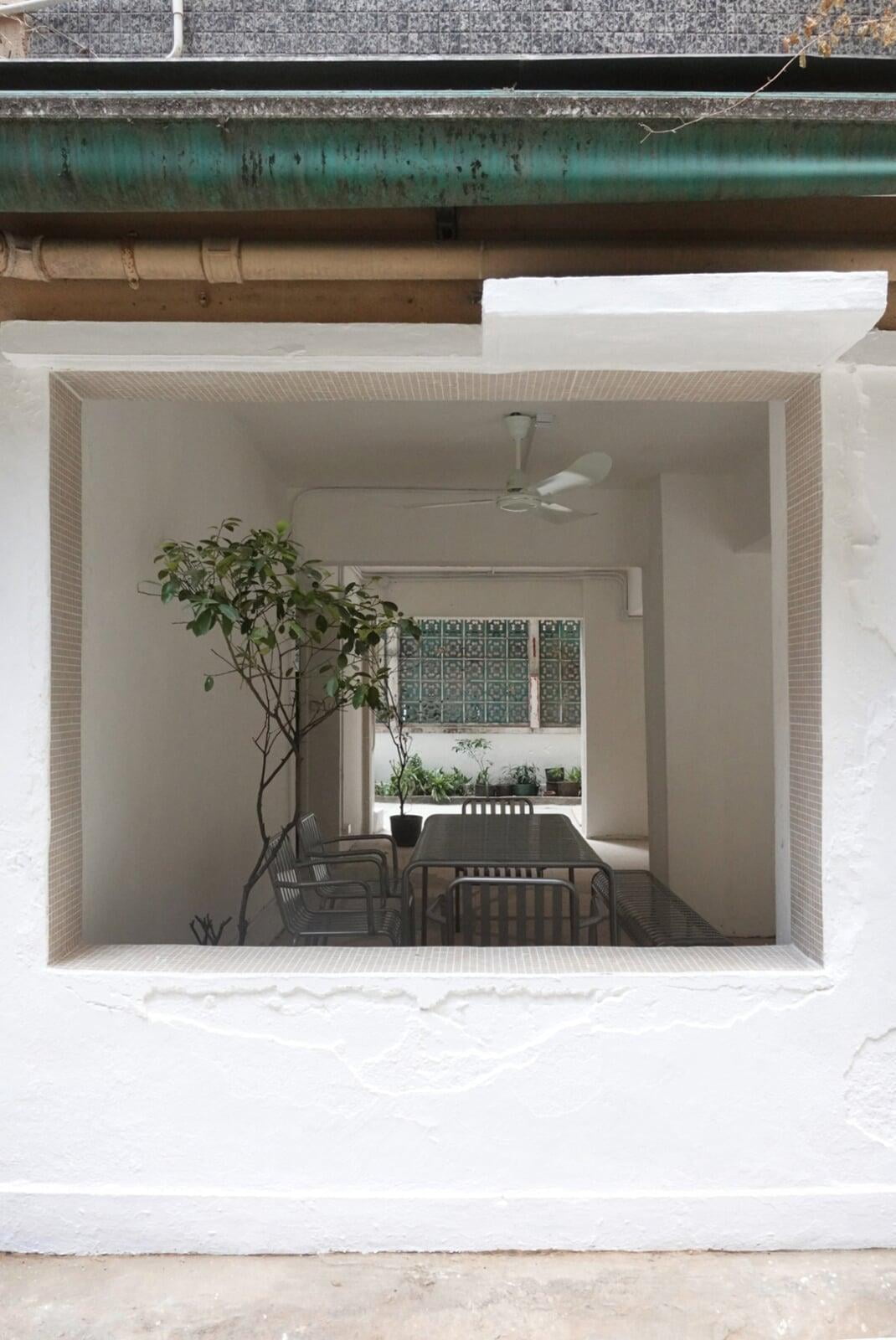
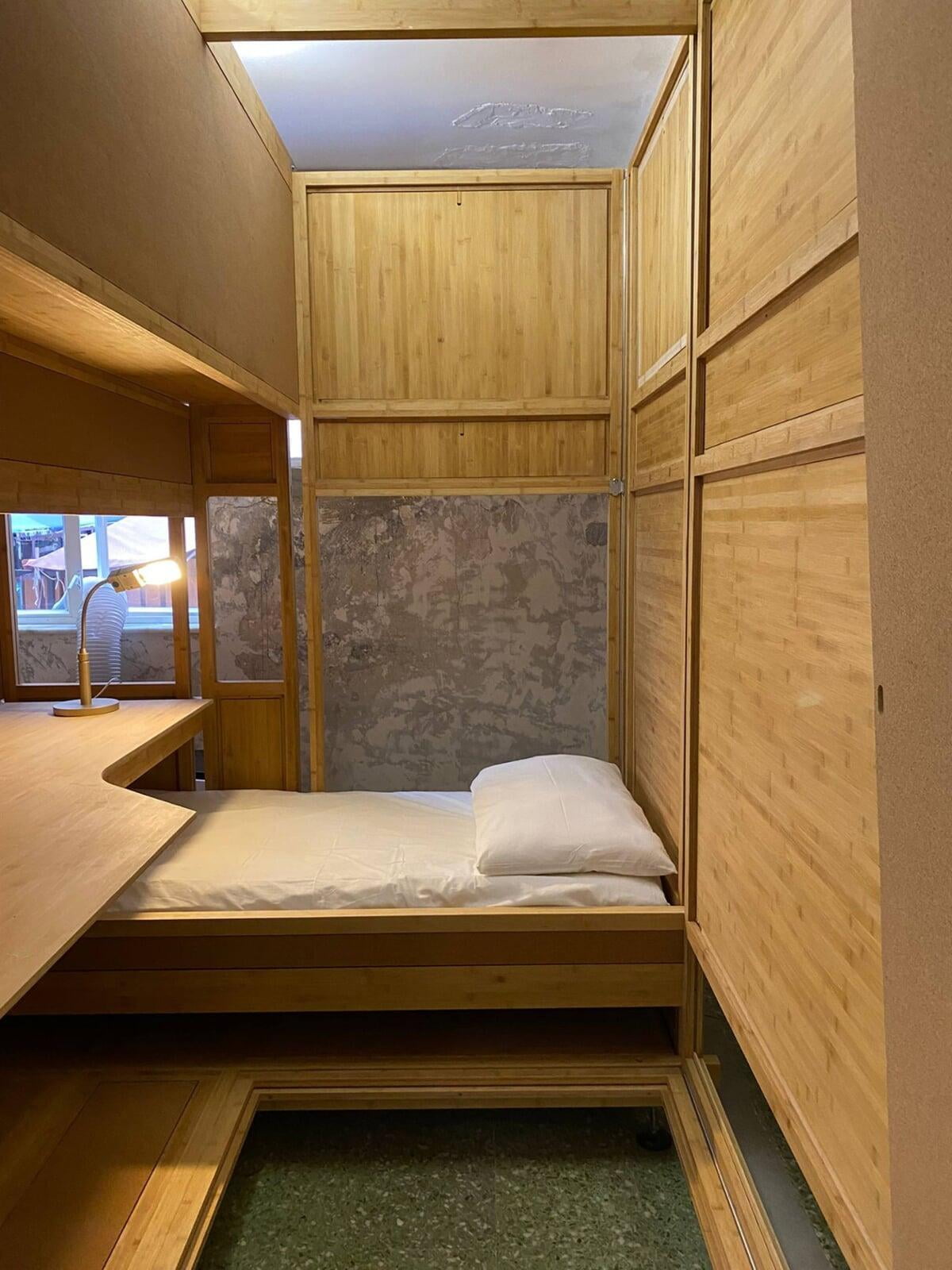
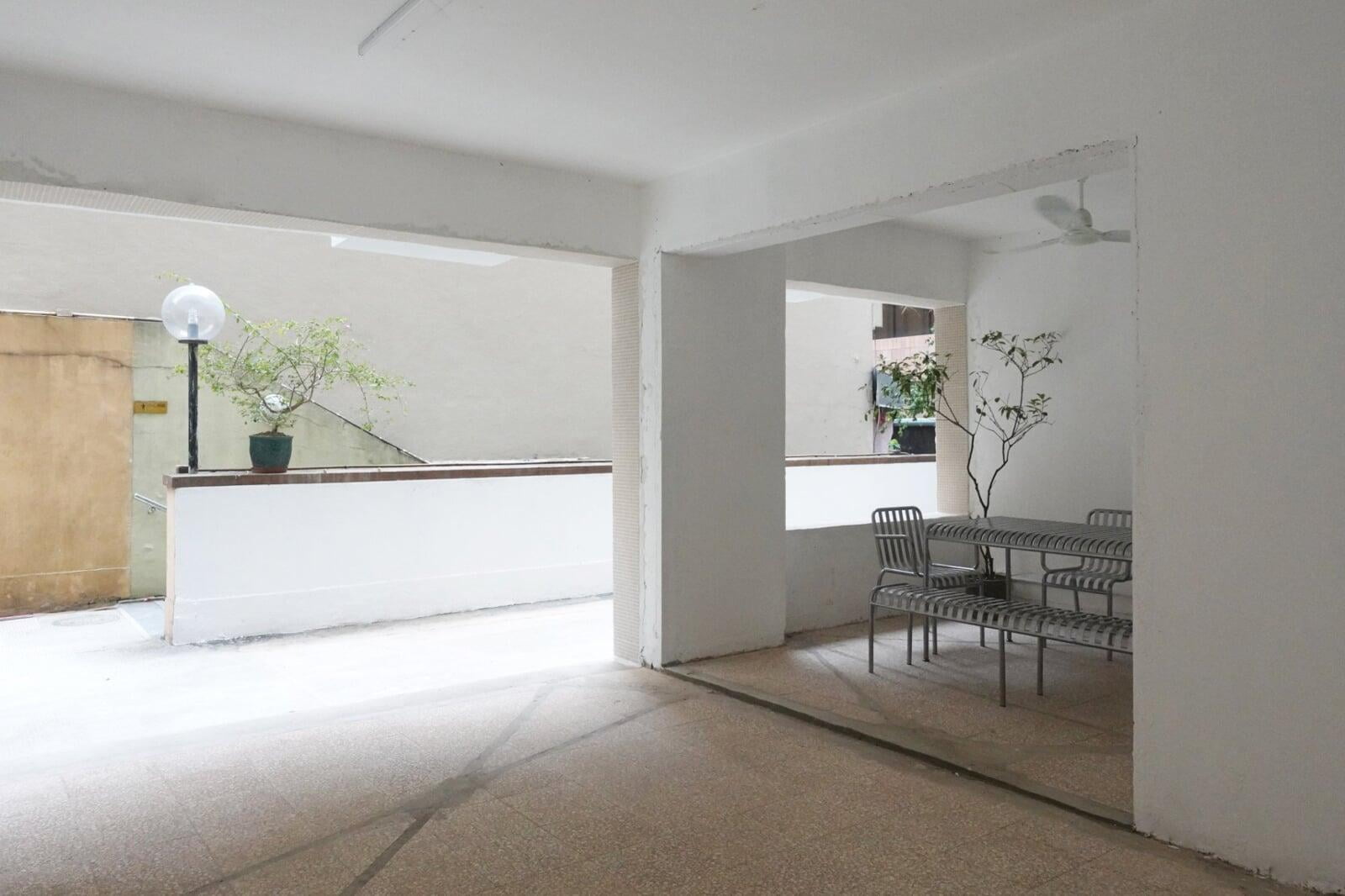
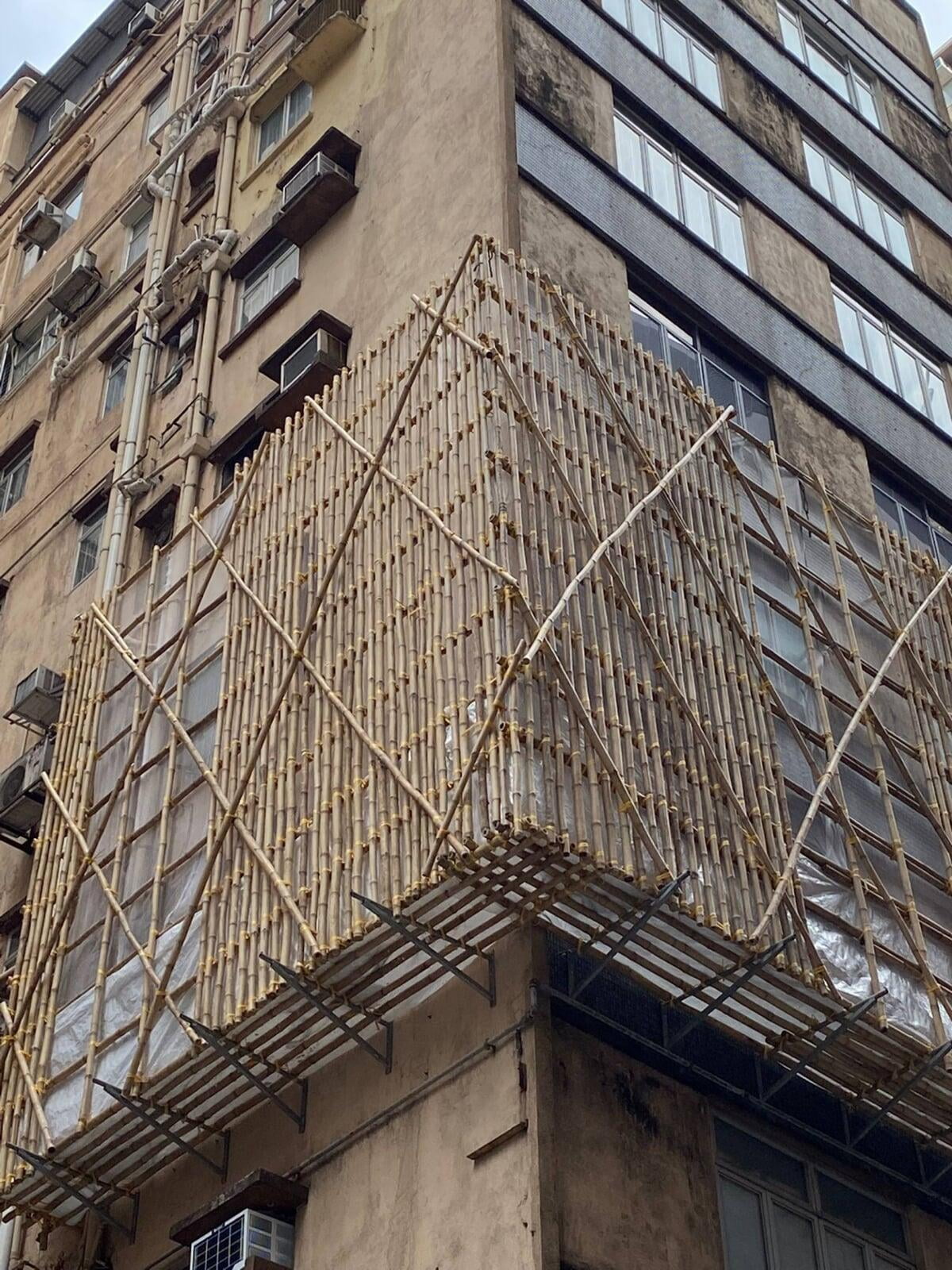
Among the rooms, the most notable are the lockable bamboo living pods, which have been engineered to prevent mould. Created by architect and designer Donn Holohan and his team at HKU’s Fabrication and Material Technologies Lab, the trapezoid-shaped pods measure 2.5m squared and have been designed to offer dignity to their residents, with raised beds, a desk and storage space.
Panels can be moved to let in light or snuggle up in private, or expanded to accommodate, perhaps, a parent with children. Like the rest of the furnishings, they are also easy to dismantle and relocate into new spaces when required.
“What we’re trying to show here is that architecture and design can contribute to solving problems which, on the surface, seem unsolvable,” Du says. “For years we’ve heard that Hong Kong’s too expensive, we have too many people, we don’t have the space, but many times the best designs from history have come from working with constraints.
“By utilising the architectural technique of renovating old buildings into beautiful functional spaces – something that has been around for centuries – and applying it towards this urgent situation, we can help to meet Hong Kong’s housing needs and help a group that doesn’t usually receive the latest design or best-quality services.”
With homelessness rising in Hong Kong, we can only hope that Du’s clever, compassionate and cost-saving idea will catch on – and soon.
Original Source:July 27, 2002, South China Post, https://www.scmp.com/lifestyle/arts-culture/article/3182798/how-old-empty-hong-kong-building-became-homeless-shelter-and
Photo by: UEDL, SCMP
